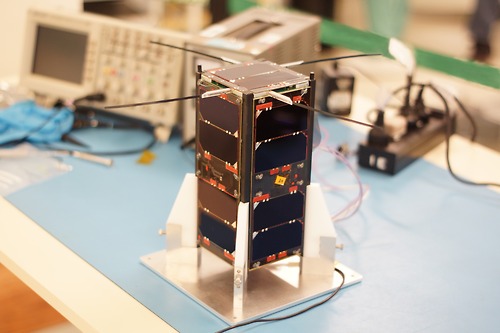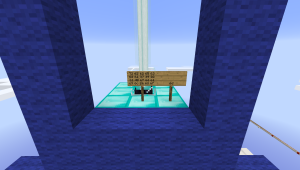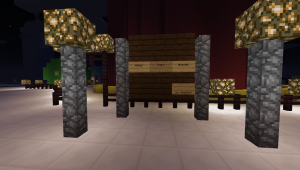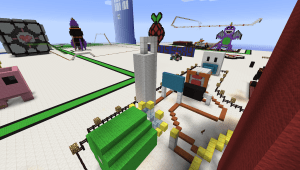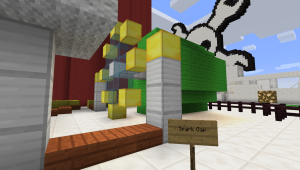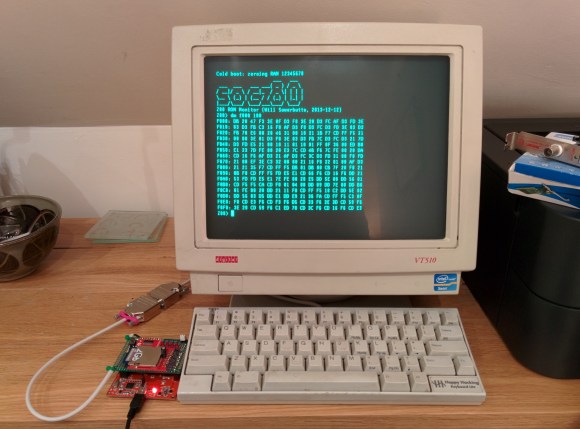During the Final Transmission — which I’ll post about tomorrow — we decided to open up a creative area on the Minecraft server for people to build whatever they wanted as part of a Pixel Art contest. Today we announce the winners of that art challenge, and assign them their points so that we can draw the overall winner of the Final Transmission. Each winner gets additional points added to their score. These were judged by Hackaday alum [Caleb Kraft] since he hadn’t been involved in the shenanigans up to this point and was, considered unbiased, and has a well-developed set of art chops himself. So, here goes…
3rd place : Hack A Tardis
The third place goes to the Dr Who Box by [Marcus1297], entitled ‘Hack a Tardis’. This is a great rendition of the tardis, while its only 2 dimensional it has fine detail, and the beacon beam coming out of the top is a nice finishing touch. Excellent work! [Marcus1297] gets an additional 2.5k points for his score.
2nd place : Nicola Tesla Memorial
Second place goes to [st3al2012] for his stunning Tesla Coil which he dedicated to Nikola Tesla. This was picked because the “Art was exceptional”. There’s a lot of detail in there, not only did he build the main structure of the coil complete with the toroidal ring, but he also showed the core components. The spark gap generator, the capacitors and even the AC outlet. There’s a lot of detail and it looks stunning at night. Great job, [st3al2012] you get an extra 5k points for your scoreboard.
1st place : Portal Cube
First place goes to [XDjackieXD] for his quite amazing Portal Cube. [Caleb] declared this the winner saying that the “Art and execution were exemplary”. We have to agree, the cube looks fantastic, but best of all he went to all of the trouble to create “Want you Gone” (the ending song from the game) using note blocks positioned inside the cube. Lovely work and he thoroughly deserves the 10k points he has received for this.
Congratulations to the winners, and thank you to everyone that contributed. The Minecraft server is still up so if you want to take a look at all the art for yourself connect to it at ‘minecraft.hackaday.com’. We have put up the world and all the plugins used to build it here. I’ll be releasing the source for the MatrixMiner plugin that I developed for the teleporter display when I get a chance to finish it.
Continue reading “Hackaday Space: Pixel Art Contest” →


